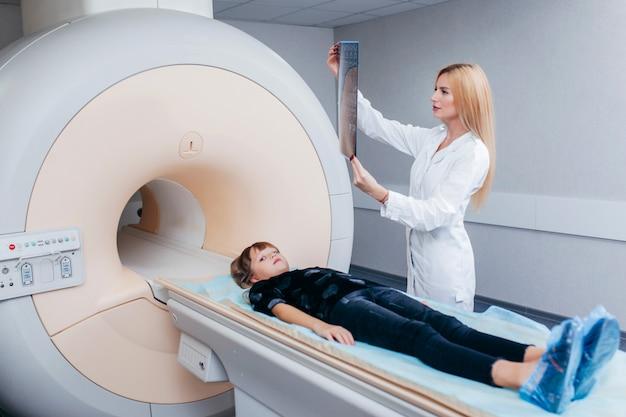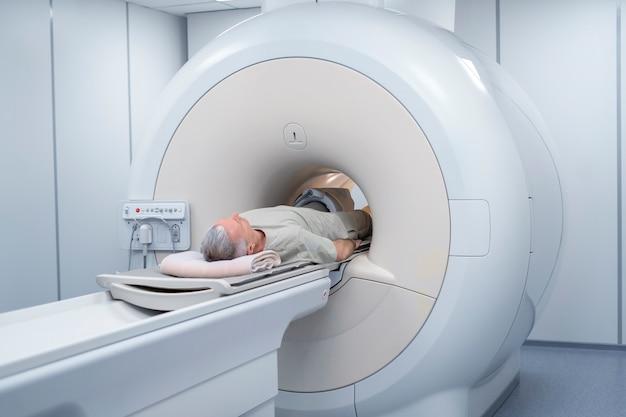Are you wondering how much it costs to get an MRI arthrogram done? Whether you’re an athlete with a sports injury or suffering from chronic joint pain, an MRI arthrogram can be a useful tool to diagnose joint problems. But before you schedule your appointment, it’s essential to understand the cost and what to expect during the procedure.
In this comprehensive guide, we’ll cover everything you need to know about MRI arthrogram cost. We’ll also go over the procedure and what it entails, as well as what an arthrogram MRI shows. By the end of this article, you’ll have a clear understanding of what to expect and what you’ll be paying for.
So, let’s dive in and explore the intricacies of an MRI arthrogram and its associated costs. Whether it’s your first time getting an MRI or you’re looking for more information, you’ve come to the right place.
Understanding MRI Arthrogram Cost
An MRI arthrogram is a diagnostic test used to get detailed images of the joints, including bones, cartilage, tendons, and ligaments. It involves injecting a contrast dye into the joint space and then performing an MRI scan. The procedure is useful in diagnosing issues such as tears or abnormalities in the joint that may not show up in a regular MRI.
Like most medical procedures, the cost of an MRI arthrogram can vary depending on several factors. Here are some essential points that can help you understand the costs associated with an MRI arthrogram:
Factors affecting MRI arthrogram cost
The cost of an MRI arthrogram can be influenced by several factors such as:
-
Type of facility: The cost can vary from one healthcare facility to another, and this is mainly due to the level of expertise, equipment used, and quality of services.
-
Location: The cost of the procedure may differ based on the geographical location of the healthcare facility. For instance, healthcare providers in urban areas may charge more than those in rural areas.
-
Insurance coverage: If you have health insurance, the amount paid for the procedure may vary depending on your coverage. It’s advisable to check with your insurance provider in advance to know what your policy covers.
-
Joint being studied: The location of the joint being studied can influence the cost of the arthrogram. For instance, an MRI arthrogram for the shoulder may cost more than that for the knee.
-
Additional tests: If your doctor wants you to undergo additional tests, such as an X-ray or CT scan, this may increase the overall cost of the procedure.
Cost breakdown of MRI arthrogram
Here’s a breakdown of the average cost of an MRI arthrogram in the United States:
- At a non-profit hospital: $2,100 – $5,750
- At a for-profit hospital: $1,290 – $5,200
- At a diagnostic imaging center: $1,545 – $8,000
Note that these are ballpark figures and the actual cost can vary depending on the factors outlined above. It’s essential to get a quote from your healthcare provider before scheduling the procedure.
How to save on MRI arthrogram cost
-
Shop around and compare prices: Since the cost of the procedure can vary, it’s advisable to check with several providers and compare their prices.
-
Negotiate with your healthcare provider: Once you have obtained quotes from several providers, try negotiating with them to get a better deal.
-
Use your insurance: If you have health insurance, make sure you understand your coverage and benefits. Some insurers may cover a part or all of the cost.
-
Look for financial assistance: Some healthcare facilities offer financial assistance programs to help patients cover the cost of medical procedures. Check with your healthcare provider to see if such programs are available.
In conclusion, an MRI arthrogram is an essential diagnostic test in assessing joint issues. The cost of the procedure can vary depending on several factors, including the location, facility type, and insurance coverage. By understanding these factors and taking certain measures to save on costs, you can get the test you need without breaking the bank.
How is an MRI arthrogram done
An MRI arthrogram is a diagnostic test that involves injecting a contrast dye into your joint to get a better image of the soft tissues. The procedure is typically performed by a radiologist, a medical professional trained in diagnosing and treating conditions using medical imaging technologies like MRI.
Here’s a step-by-step breakdown of how an MRI arthrogram is done:
Step 1: Preparation
Before the procedure, you may be asked to change into a hospital gown and remove any metal objects, including jewelry, watches, and hairpins, as they can interfere with the MRI machine’s magnetic fields. You will also be asked to fill out a consent form that explains the risks and benefits of the procedure.
Step 2: Injection of the Contrast Dye
You’ll lie down on an MRI table, and a local anesthetic will be administered to numb the area around the joint. The radiologist will then insert a thin needle into your joint and draw out a small amount of fluid to confirm the needle’s location. Once the needle is in the correct spot, the contrast dye will be injected into your joint using the same needle. The needle is removed once the dye is injected.
Step 3: MRI Scan
After the contrast dye is injected, you will be moved into the MRI machine. You will need to lie very still during the scan, which can take several minutes to half an hour, depending on which joint is being examined. The machine will produce loud noises, but you’ll be given earplugs to block out most of the sound.
Step 4: Post-procedural Care
After the MRI scan, you’ll be monitored for a few hours to make sure there are no complications from the injection. You may experience some discomfort or swelling at the injection site, but this should subside within a day or two.
Key Takeaways:
- An MRI arthrogram is a diagnostic test that involves injecting a contrast dye into your joint to get a better image of the soft tissues.
- The procedure is performed by a radiologist.
- The preparation involves changing into a hospital gown and removing any metal objects.
- The contrast dye is injected into the joint using a needle, and the injection site is numbed with a local anesthetic.
- The MRI scan can take several minutes to half an hour, depending on which joint is being examined.
- You may experience some discomfort or swelling at the injection site after the MRI scan.
How much is an arthrogram MRI
If you’re scheduled to undergo an arthrogram MRI, chances are you’re wondering how much the procedure will cost you. Unfortunately, there’s no straightforward answer to this question as several factors can affect the final price tag. However, the following are some of the factors that can help you understand the cost of the arthrogram MRI:
Type of Facility
Where you have your arthrogram MRI can influence the overall cost. If you have the procedure done in a hospital, expect to pay more than if you have it performed at a radiology center.
Your Insurance Coverage
Your insurance coverage also plays a significant role in determining the cost of an arthrogram MRI. If you have insurance coverage, contact your provider beforehand to find out which costs are covered and which aren’t. If you don’t have insurance, inquire with the facility about any payment plans or discounts that you can take advantage of.
The Extent Of Your Injury
The severity and complexity of your injury will also impact how much you’ll spend on an arthrogram MRI. If you require additional tests or procedures, such as a steroid injection, the cost will be higher.
Geographic Location
Finally, where you live can also influence the price of an arthrogram MRI. The cost of healthcare can vary significantly depending on your region, making the procedure more expensive in some areas than others.
Key Takeaways
- Several factors can affect the cost of an arthrogram MRI, including the type of facility, your insurance coverage, the extent of your injury, and geographic location.
- It’s essential to contact your insurance provider to ensure you understand what costs are covered and which aren’t before undergoing the procedure.
- Having the arthrogram MRI done at a hospital will likely cost more than having it performed at a radiology center.
- The severity and complexity of your injury will influence the overall cost, with additional procedures or tests raising the price tag.
- The cost of healthcare can vary significantly depending on your geographic location.
What Does an MRI Arthrogram Show
If you’re considering getting an MRI arthrogram, you most likely have a specific joint issue and want to know what kind of information the scan will reveal. Here’s what an MRI arthrogram can show:
Joint Anatomy
An MRI arthrogram can provide highly detailed images of the joint anatomy, including the bones, cartilage, tendons, and ligaments. This high level of detail can help diagnose a wide range of joint injuries and diseases.
Soft Tissue Damage
In addition to bone and joint abnormalities, an MRI arthrogram can also show damage to soft tissues, such as muscles and connective tissue. This is especially helpful when diagnosing injuries to the rotator cuff, hip labrum, and other areas that may not be visible on X-rays.
Inflammation
An MRI arthrogram can reveal areas of inflammation within the joint. This can be caused by a number of conditions, such as arthritis, bursitis, or tendinitis. By detecting inflammation, doctors can pinpoint the underlying condition and plan appropriate treatment.
Joint Fluid Leaks
If an MRI arthrogram detects leaks in joint fluid, this can indicate a tear in the joint capsule or damage to the surrounding soft tissue. This information is helpful in diagnosing conditions such as a labral tear or a meniscus tear.
Tumors or Growth
While rare, an MRI arthrogram can also detect tumors or growths within the joint. This information is critical to diagnose or rule out cancer or other serious conditions.
By using contrast dye in conjunction with an MRI, an arthrogram can provide a wealth of detailed information about the structure and health of a joint. If you have a troublesome joint issue, your doctor may recommend an MRI arthrogram to determine the cause and plan appropriate treatment.

